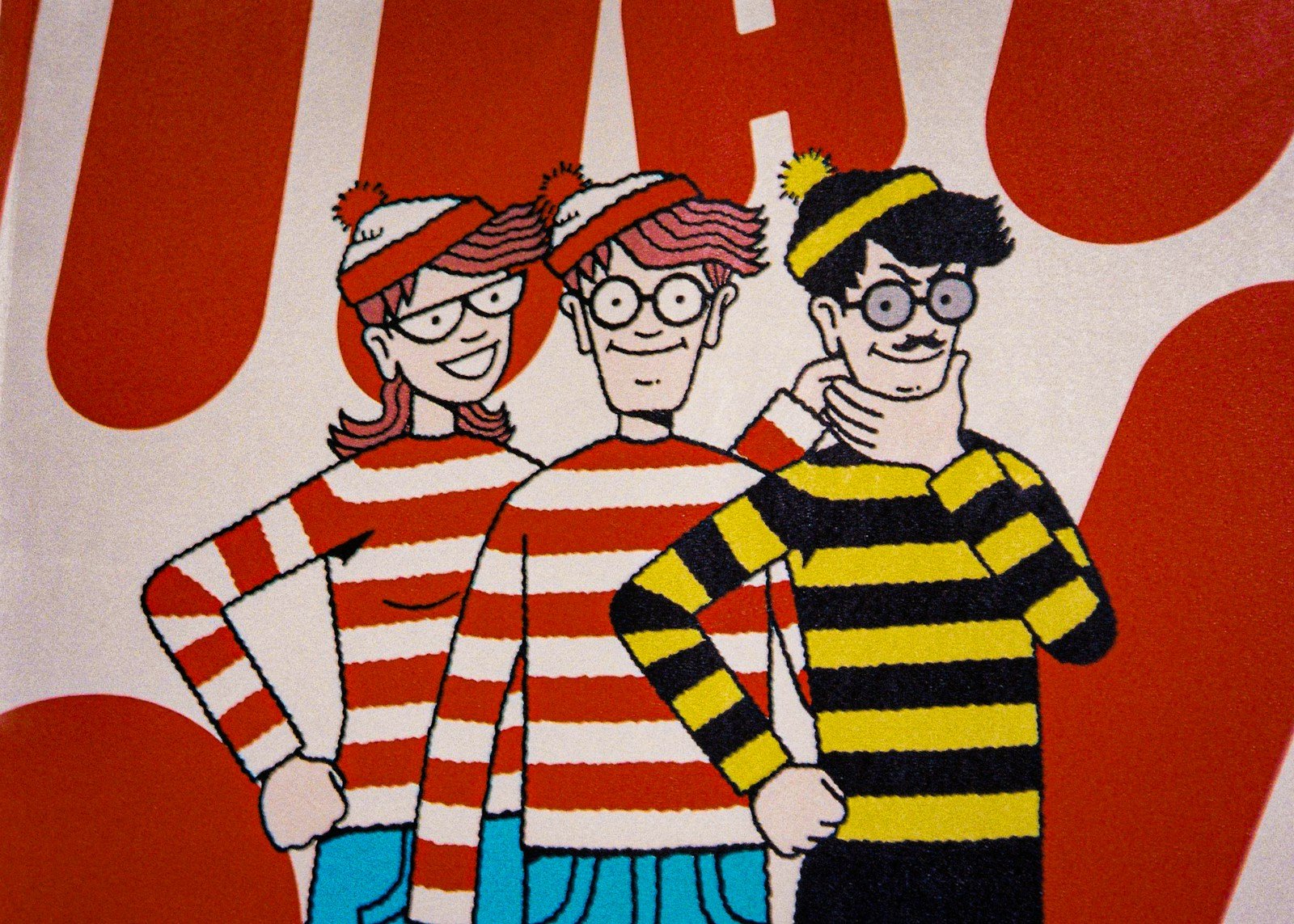“Among Us” characters have surged in popularity, captivating audiences with their charming simplicity and engaging gameplay. This phenomenon highlights not only the allure of the characters themselves but also the game’s cultural impact and the dynamics that make it a standout in the gaming community. In this article, we delve into the reasons behind the popularity of “Among Us” characters, exploring their visual appeal, social mechanics, and the broader cultural phenomena they have inspired.
At a Glance
The popularity of “Among Us” characters is a multifaceted phenomenon driven by their simplistic design, engaging social gameplay, and widespread cultural influence. This article examines these elements, providing insights into why these characters have become a staple in the gaming world and beyond.
Exploring the Rise of Among Us Characters
The sudden rise of “Among Us” characters can be attributed to a combination of timing, accessibility, and unique gameplay. Released in 2018 by InnerSloth, the game remained relatively obscure until 2020, when it gained massive popularity due to the global pandemic. As people sought interactive ways to connect while socially distancing, “Among Us” provided an accessible platform for virtual gatherings and entertainment. The game’s ability to accommodate up to 10 players in a single session made it ideal for fostering social interaction, crucial during a time of isolation.
The simplicity of “Among Us” characters plays a significant role in their appeal. With their rounded, colorful bodies and minimalistic design, these characters are instantly recognizable. This simplicity ensures that players of all ages can easily engage with the game without needing to invest time in understanding complex visuals or mechanics. The ease with which players can personalize their avatars with different colors and hats adds a layer of individuality, allowing for personal expression within the game’s framework.
Furthermore, the gameplay’s social dynamics are a key factor in the characters’ rise. “Among Us” combines elements of strategy and deception, asking players to work together while simultaneously suspecting one another. This dual nature fuels engaging interactions and discussions, both in-game and in broader social contexts. The characters, therefore, become more than avatars; they are central to a shared narrative that unfolds differently with each session, keeping players invested and connected.
The Visual Appeal of Simplistic Designs
The visual appeal of “Among Us” characters lies in their simplistic yet distinctive design, which has become iconic in the gaming world. The characters’ uncomplicated shapes and bold colors make them easily recognizable, even at a glance. This visual clarity is crucial in fast-paced gameplay, where quick identification is essential for communication and strategy. The use of a limited color palette also ensures that the characters remain visually coherent, regardless of the customization options chosen by players.
This design simplicity extends beyond aesthetics, influencing how players interact with the game. Without the distraction of complex graphics, players can focus on gameplay and strategy, enhancing the overall experience. The minimalist art style also makes the game accessible across various devices, ensuring a consistent experience whether played on a high-end PC or a smartphone. This accessibility has played a significant role in the game’s widespread adoption.
Moreover, the straightforward design allows for easy adaptation into various forms of media, contributing to the characters’ cultural proliferation. From fan art to merchandise, the characters’ uncomplicated forms are ideal for reproduction and reinterpretation. This adaptability not only helps maintain the game’s relevance but also encourages community engagement and creativity, fueling ongoing interest and investment in the world of “Among Us.”
Social Dynamics and Game Mechanics Insights
“Among Us” thrives on its unique blend of social dynamics and game mechanics, setting it apart from other multiplayer games. The core mechanic—identifying the impostor among crewmates—requires players to engage in constant communication and deception. This setup encourages players to form alliances, strategize, and sometimes betray one another, mimicking real-world social interactions in a virtual environment. Such dynamics create suspense and excitement, drawing players into a cycle of trust and doubt.
The game’s mechanics are designed to foster replayability and sustained interest. Each session presents new challenges and strategies, as players must adapt to different group dynamics and changing scenarios. This variability keeps the game fresh and engaging, encouraging players to return repeatedly. The roles of crewmate and impostor provide distinct gameplay experiences, allowing players to explore different aspects of the game’s strategic depth.
Additionally, the social aspect extends beyond the game itself, with players often discussing strategies, sharing experiences, and forming communities around shared interests. Streamers and content creators have amplified this effect, turning gameplay sessions into interactive spectacles that engage viewers worldwide. The game’s simple mechanics, combined with its complex social interactions, have made it a favorite among streamers, further boosting its popularity and the visibility of its characters.
Cultural Impact and Meme Phenomenon
The cultural impact of “Among Us” characters is evident in their widespread presence across various media and platforms. As the game gained popularity, its characters became central figures in internet culture, inspiring countless memes, videos, and discussions. The phrase “sus” (short for suspicious) has entered everyday vernacular, demonstrating the game’s influence beyond its immediate community. This meme phenomenon has been a driving force in keeping the game relevant, as new content continuously emerges from the community.
The game’s characters also symbolize the collective experience of the pandemic era, where virtual interactions replaced physical ones. Their presence in memes and online discussions reflects a shared global experience, providing a sense of connection and humor in challenging times. This cultural relevance has cemented the characters’ status as icons of the early 2020s, resonating with audiences worldwide.
Furthermore, the integration of “Among Us” themes into various aspects of pop culture, including music, fashion, and art, highlights the game’s broader impact. Collaborations with artists and brands have brought the characters into new contexts, expanding their reach and influence. This cross-industry presence underscores the characters’ adaptability and enduring appeal, ensuring they remain a fixture in the cultural landscape.
In conclusion, the popularity of “Among Us” characters is a testament to the power of simplicity, social interaction, and cultural resonance. Their rise is not merely a result of engaging gameplay, but also the broader cultural impact they have achieved through memes and media presence. As icons of a unique moment in history, these characters continue to captivate players and influence popular culture, demonstrating the enduring appeal of well-crafted simplicity and social dynamics in gaming.



0 Comments